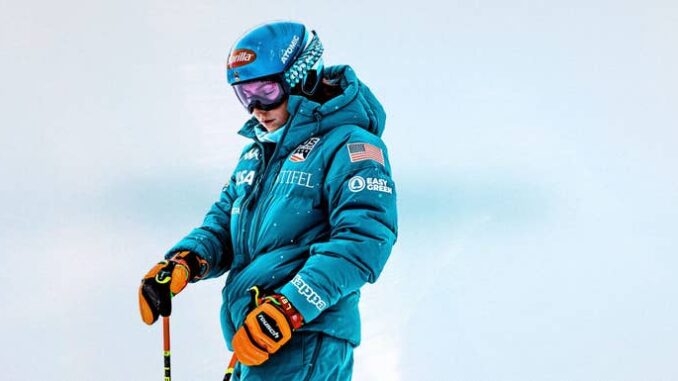
Last November in Killington, Vermont, Eileen Shiffrin looked on as her daughter, Mikaela the most successful skier in history crashed during a giant slalom race. Mikaela slammed into a gate, tumbled across the icy slope, and came to a halt in the safety netting. Eileen, a former competitive skier and Mikaela’s longtime coach, feared the worst. “She wasn’t moving. The way she fell, it could have been her neck or back,” she recalled.
Head coach Karin Harjo, filming the race about 150 feet downhill, dropped her camera and rushed to Mikaela’s side. A Swiss coach and a ski patroller had already reached her. Though Mikaela could move her limbs and felt no spinal damage, she was in intense abdominal pain and trembling in the cold, her thin race suit offering no protection.

Unlike a visible injury, this one was internal and mysterious. Harjo, familiar with severe crashes from her years coaching elite skiers, was alarmed. “When there’s no visible injury, but the athlete’s in agony, you fear the worst,” she said.
This wasn’t like Mikaela’s knee injury in Italy the year before. She wasn’t thinking just overwhelmed by pain and cold. Medics didn’t discover the source until they cut open her suit in the ambulance. They found a nearly 3-inch deep stab wound in her abdomen, dangerously close to her colon. To this day, no one knows what caused it a ski pole, gate, or perhaps the sheer force of the fall.

Nine months later, with the 2026 Olympics on the horizon, Shiffrin is deep into rehab and training, aiming to come back stronger. She fought through the pain, raced in the final stretch of the season, and captured both her 100th and 101st World Cup victories.
Her journey back began with uncertainty. After the crash, Shiffrin’s physical therapist, Regan Dewhirst, estimated a 6–12 week recovery — a tight window before the February World Championships. Dewhirst, a longtime friend and collaborator, soon realized that Shiffrin’s injury didn’t follow the standard playbook. Skiers don’t typically suffer deep core muscle tears from a stabbing injury.
The wound had shredded Shiffrin’s abdominal wall, including the transversus abdominis — a crucial muscle for balance and movement. Her midsection swelled with fluid, and pain made everyday actions unbearable. Surgery became unavoidable when signs of infection appeared. Doctors repaired muscle damage and inserted a drain, finally giving her a path to heal.
Back in Colorado, Dewhirst crafted a custom rehab program using research from other sports baseball, soccer, hockey and adapted it for skiing. She aimed to create a protocol that matched healing at a cellular level with functional progress in the gym and eventually on snow. Shiffrin, eager to push, was held to a strict timeline, despite her frustrations.
The recovery started slowly: painful walks, basic exercises, and a lot of trial and error. As her core strength returned, Shiffrin trained up to seven hours a day, eventually simulating the multi-directional strain of skiing with resistance equipment, slosh pipes, and balance drills.
Four weeks post-op, they decided to try skiing again privately, without coaches. Dewhirst borrowed a technique from NHL rehab strategy: let the athlete test themselves in a pressure-free setting. The first session was painful. But after a couple of days, she was back on snow, skiing without pain.
Harjo rejoined the team as Shiffrin advanced from casual skiing to racing-level intensity. They listened to Shiffrin’s body, carefully building up to racing conditions. After enough practice runs, they entered a slalom race in Courchevel, France. Just eight weeks after her injury, Shiffrin placed 10th a huge step forward.
Next came the World Championships. Shiffrin felt she had to race giant slalom to rebuild confidence and retain her place among the top racers. But training went poorly. She crashed again in slalom training and started questioning her comeback. Her mind was foggy, and fear crept in.
Unbeknownst to her, she was experiencing symptoms of post-traumatic stress disorder (PTSD). Her therapist confirmed the diagnosis, the fear, the mental blocks, the flashes of imagined crashes at the starting gate. Her mother, Eileen, recognized the signs. After the death of Mikaela’s father in 2020, she had seen her daughter go through something similar.
PTSD, rarely acknowledged in elite skiing, can lead to hesitation a dangerous flaw on the slopes. Shiffrin had physically recovered, but mentally she wasn’t ready to push limits. So Harjo crafted a new plan, slowly reintroducing her to the intensity of racing through confidence-building environments.
As the reps accumulated, Shiffrin’s smile returned. She only raced slalom at the World Championships, contributing to the team’s combined win and placing fifth individually. Then, in Sestriere, Italy, she competed in giant slalom for the first time since the crash finishing 25th and thrilled just to finish. Two days later, she won the slalom her 100th World Cup win.
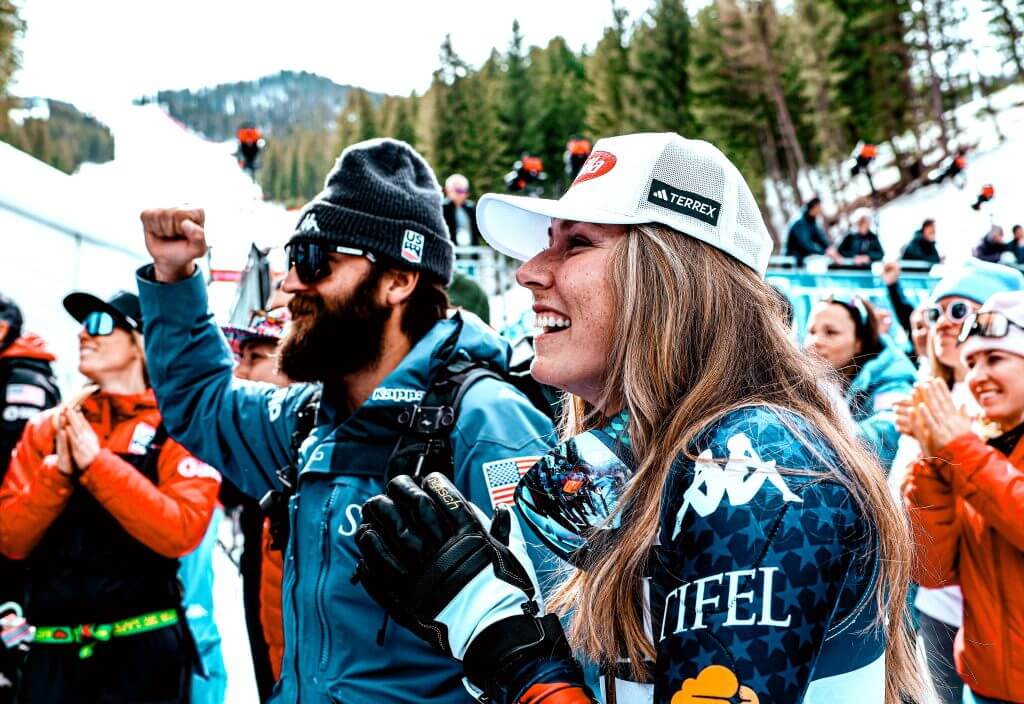
Later in March, she captured her 101st win at Sun Valley. While others might have waited until the Olympic season to return fully, Shiffrin knew she needed to confront her fears now, not next year.
“I want to start the Olympic season already knowing what the fear feels like and knowing I can handle it,” she said.
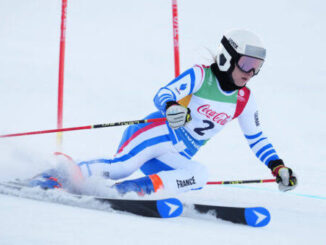
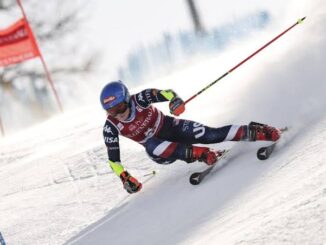
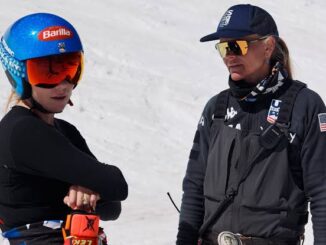
Be the first to comment